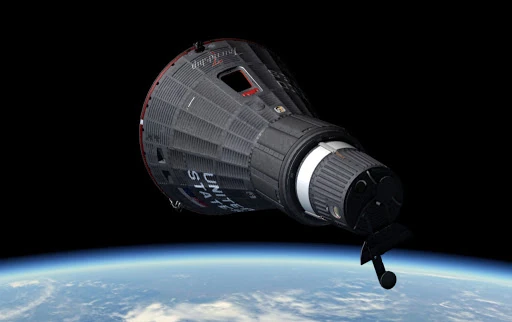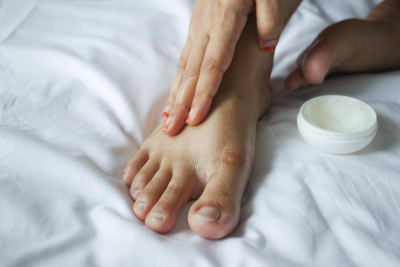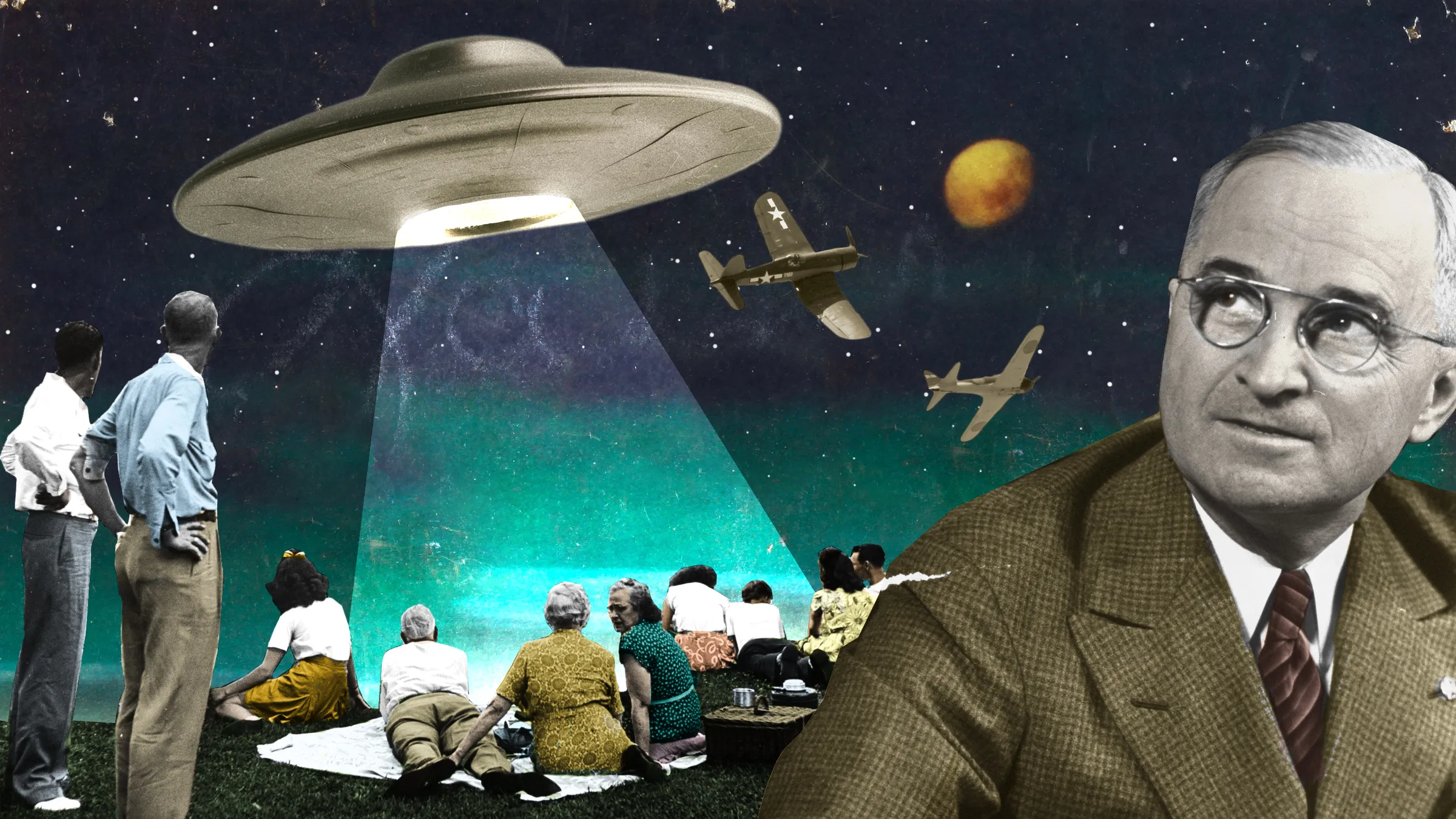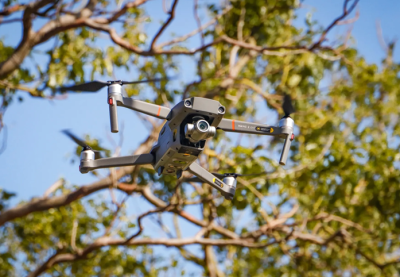Scientists have achieved the world's first X-ray signal (or signature) of just one atom
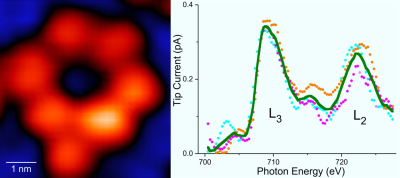
From medical examinations and airport screenings to space missions, X-rays have been used everywhere since its discovery by German physicist Wilhelm Roentgen in 1895. A group of scientists from Ohio University, Argonne National Laboratory, the University of Illinois-Chicago, and others, have now taken the world's first X-ray signal (or signature) of a single atom. The groundbreaking achievement could revolutionise the way in which scientists detect the materials.
One atom at a time
Before this, the smallest amount one can X-ray a sample is an attogram, which is about 10,000 atoms or more. The paper brought out by the scientists was published in the scientific journal Nature on May 31, 2023 and also made it to the cover of the print edition on June 1. The paper details how physicists and chemists used a purpose-built synchrotron X-ray instrument at the XTIP beamline of Advanced Photon Source and the Center for Nanoscale Materials at Argonne National Laboratory.
Specialised detector
The team involved picked an iron atom and terbium atom for their demonstration. Both atoms were inserted in respective molecular hosts. Conventional detectors were supplemented with a specialised detector by the research team.
This specialised detector was made of a sharp metal tip. It is positioned at extreme proximity to the sample, enabling it to collect X-ray excited electrons. This technique is known as synchrotron X-ray scanning tunnelling microscopy or SX-STM.
Apart from achieving the X-ray signature of an atom, the team also succeeded in another key goal. This was to employ their technique to find out the environmental effect of a single rare-earth atom.
The scientists were able to detect the chemical states of the individual atoms inside respective molecular hosts and compare them. While the terbium atom, a rare-earth metal, remained rather isolated and didn't change its chemical state, the iron atom interacted with its surrounding strongly.
Many rare-earth materials are used in everyday devices like cell phones, televisions, and computers. This discovery allows scientists to not only identify the type of element, but also its chemical state. Knowing this enables them to work on these materials inside different hosts, paving the way for further advancement of technology.
This team aims to continue to use X-ray to detect properties of a single atom. They are also seeking ways to revolutionise their applications so that they can be put to use in critical materials research.
Picture Credit : Google
